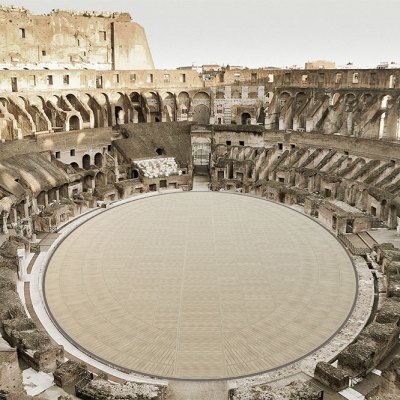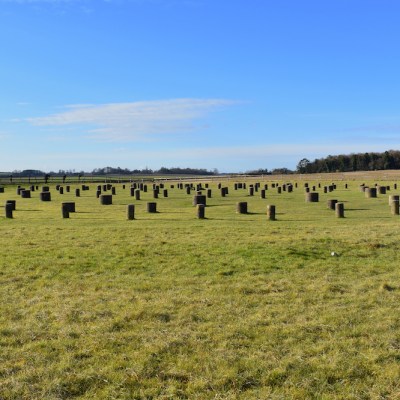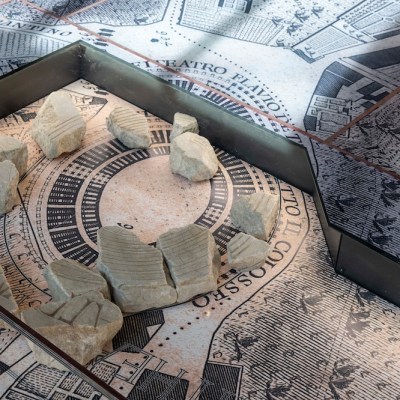The steam engine, the seed drill, the world wide web, self-deprecation, most of the best sports – Britain has given so many things to the world that it is useful now and then to remind ourselves of those things Britain has taken from others. These include gladiator contests, which are invariably associated with Rome but, as a new travelling exhibition informs us, took place on this scepter’d isle too during Roman rule (25 January–11 May). The show, a British Museum Partnership Exhibition, which starts in Dorchester – home of the Maumbury Rings, a Neolithic henge that was repurposed as an amphitheatre by the Romans – before travelling to Northampton, Chester and Carlisle, is exhibiting a selection of objects and artworks that aims to conjure the roar of the bloodthirsty crowd for a modern-day audience. These include the Hawkedon Helmet – the only confirmed piece of gladiatorial armour found in Britain – several figures made from bronze, bone and other materials, and the Colchester Vase, which is decorated with a relief showing a real gladiator fight that took place in the town.
Find out more from Dorset Museum’s website.
Preview below | View Apollo’s Art Diary
Bone figurine depicting a gladiator of the murmillo class, 1st–2nd century AD, Colchester. Photo © 2024 The Trustees of the British Museum

Glass ‘sports cup’ depicting fights between legendary gladiators, 1st century AD. Photo © Colchester and Ipswich Museum Service – Colchester Collection

Reconstructed wall painting depicting combat between two gladiators, 1st century AD, Colchester. Photo © Colchester and Ipswich Museum Service – Colchester Collection

Ceramic cremation vessel decorated with a gladiator fight between a secutor and a retiarius, 2nd century AD, Colchester. Photo © Colchester and Ipswich Museum Service – Colchester Collection




